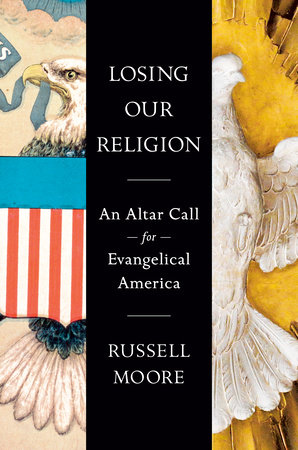I have long been concerned with what I call the “dark side” of Intelligent Design. I am supportive of ID as far as it goes, pointing out the intellectual incoherence of Darwinism. But, at the same time, ID, left by itself, proves too much. Without divine revelation, the “design” of nature is red in tooth and claw. Unless we point to an alternative story, one that shows us that death is ultimately unnatural, the result of a cosmic curse (Gen 3; 1 Cor 15), we will have the same result as that of natural theology: namely, those most attentive to nature will recoil from the Creator as, at best, inattentive, and, at worst, malevolent.
This weekend’s Washington Post magazine contrasts what is at stake in the origins debate as much in its opening art work as in the article itself. The magazine shows a picture of the peaceable kingdom, a wolf lying down with the lamb, contrasted with a picture of the world we now see, a wolf lying with bloodied lamb bones and a sated expression on his face.
Likewise, the latest issue of the Atlantic Monthly features a cartoon pointing out things that are “not conspicuously intelligent design.” Most of the items are typical…why does God put the nose on the face, for example. But the last is telling: death. The cartoonist points out that death “crimps planning,” is “one-sided,” and “after x-million years, exact function still being debated.”
Intelligent Design is a helpful “wedge” to let the unsuspecting know that Darwinism doesn’t have all the answers it pretends to have. But it will take more than ID to answer the groanings of the human heart in the face of a creation in bondage to sin, decay, and death (Rom 8). For that we need a gospel of the restoration of all things through the blood of Christ.






